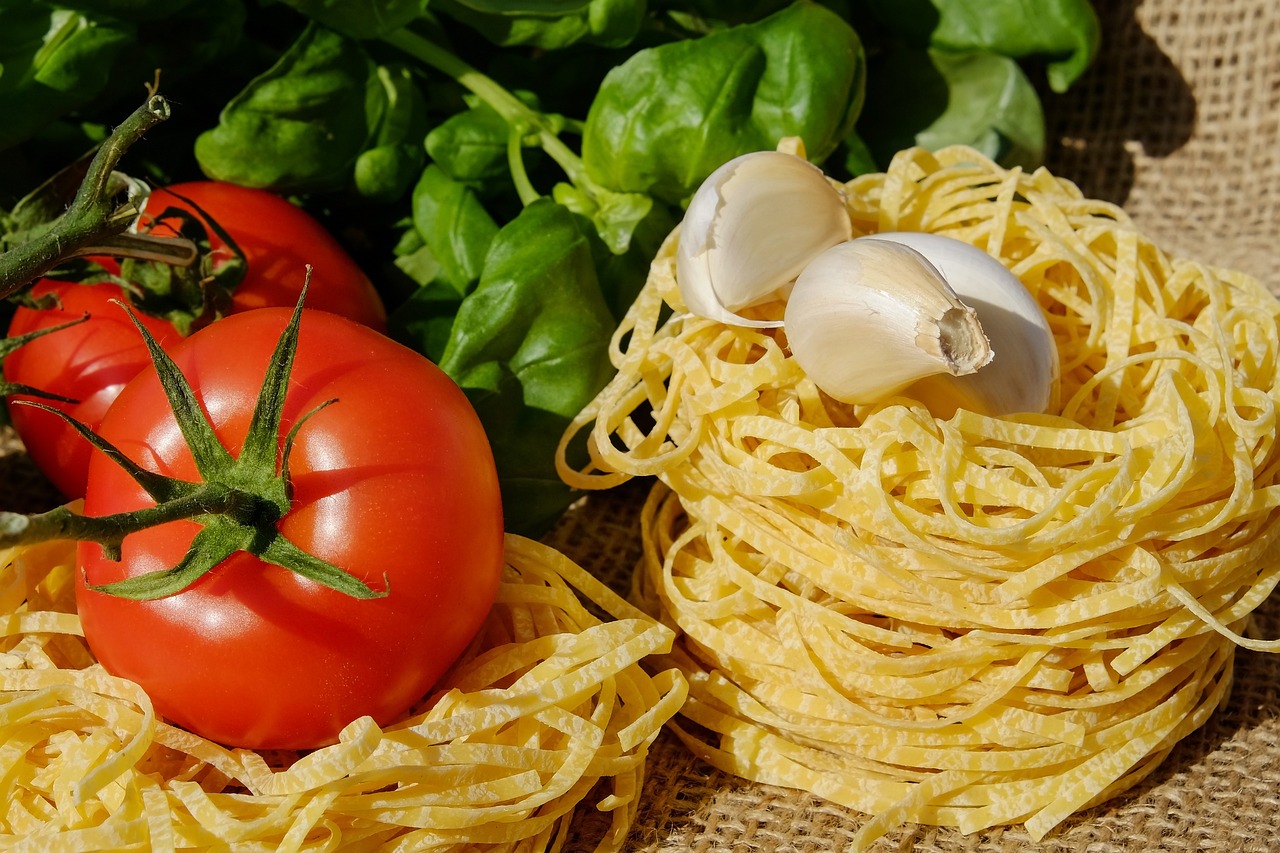The Art of Food Critique: Understanding the Nuances of Culinary Evaluation
Culinary evaluation encompasses a range of essential components that contribute to the overall assessment of a dish. Among these key elements are taste, texture, aroma, and visual appeal. Each of these elements plays a crucial role in determining the quality and success of a culinary creation.
Taste is often considered the most fundamental aspect of culinary evaluation, as it directly impacts the enjoyment and satisfaction of the diner. It involves the balance of flavors, seasoning, and overall palatability of the dish. Texture adds another dimension to the dining experience, influencing how the dish feels in the mouth and providing contrast and interest. Aroma contributes to the overall sensory experience, creating anticipation and enhancing the enjoyment of the meal. Lastly, visual appeal is what first captures the diner’s attention, setting the stage for the culinary experience to come.
Taste is a fundamental aspect of culinary evaluation
Texture influences how the dish feels in the mouth
Aroma enhances the sensory experience
Visual appeal captures the diner’s attention
Differentiating Between Taste and Flavor
Taste and flavor are terms often used interchangeably in the culinary world, but they represent distinct sensory experiences. Taste refers to the five basic tastes detected by taste buds: sweet, salty, sour, bitter, and umami. These tastes are perceived on the tongue and provide information about the chemical makeup of food.
On the other hand, flavor encompasses a broader range of sensory perceptions, including taste, aroma, and mouthfeel. Aroma plays a significant role in how we perceive flavor, as the olfactory system is closely linked to the sense of taste. Mouthfeel refers to the texture of food and how it feels in the mouth, which can greatly influence the overall flavor experience. Understanding the differences between taste and flavor is crucial for accurately describing and evaluating food.
Importance of Presentation in Food Critique
Presentation plays a crucial role in the overall dining experience and can greatly impact how a dish is perceived by diners. The visual appeal of a dish can evoke emotions and set expectations for the taste and quality of the food. A well-presented dish shows care and attention to detail, indicating to the diner that the chef has put effort into not only the flavor but also the appearance of the meal.
In food critique, presentation is often considered as important as taste and flavor. A beautifully plated dish can elevate the dining experience and create a lasting impression on the diners. The use of vibrant colors, varied textures, and creative arrangement of components can enhance the visual appeal of a dish, making it more enticing and appetizing. Presentation can communicate the story behind the dish and showcase the chef’s craftsmanship and creativity.
Why is presentation important in a food critique?
Presentation is important in a food critique because it is the first thing diners see and can greatly influence their perception of the dish before even taking a bite.
How does presentation affect the overall dining experience?
Presentation sets the tone for the dining experience and can enhance the enjoyment of the meal. A beautifully presented dish can make diners more excited to try it and can elevate the overall dining experience.
What are some key elements to consider when evaluating the presentation of a dish?
Some key elements to consider when evaluating the presentation of a dish include the arrangement of components, use of color and contrast, garnishes, and overall cleanliness and neatness of the plate.
Can a dish still be good even if the presentation is lacking?
Yes, a dish can still be good even if the presentation is lacking. However, presentation can enhance the overall dining experience and can make a good dish even more memorable.
How do you differentiate between taste and flavor in a food critique?
Taste refers to the basic sensations perceived by the taste buds, such as sweet, salty, sour, bitter, and umami. Flavor, on the other hand, is a combination of taste, aroma, and mouthfeel. Flavor is more complex and subjective, as it involves the overall sensory experience of eating the dish.







